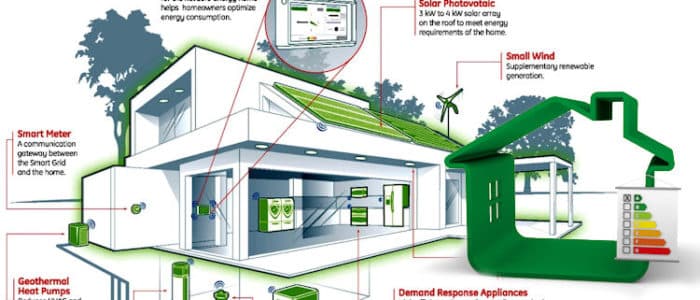Home Indoor Air Quality Guide
Millions of American homes will be remodeled in the coming years to improve their energy efficiency, make them more green or add features their owners want.
Ispecially trained and certified by the Building Performance Institute (BPI) to identify indoor environmental issues associated with home energy performance.ntegrated healthy home and energy-efficiency retrofit activities can simultaneously lower utility costs and improve indoor air quality. However, home energy retrofit activities might negatively affect indoor air quality if the appropriate home assessment is not made before work begins and issues that may affect indoor air quality are not identified and properly addressed. This is whyAlabamaWISE participating contractors have been
The U.S. Environmental Protection Agency (EPA) developed Healthy Indoor Environment Protocols for Home Energy Upgrades to provide practical guidance on improving or maintaining indoor air quality and indoor environments during home energy upgrades, retrofits or remodeling. The protocols apply to existing single-family and multi-family low-rise residential buildings. They provide guidance for conducting home assessments and undertaking the responses necessary to maintain or improve indoor air quality and safety. The protocols also can help improve the quality of home weatherization projects and other energy-efficiency retrofit or remodeling jobs, thus reducing failures and call-backs.
The protocols are intended for use by the home energy retrofit industry, including energy-efficiency retrofit and housing rehabilitation professionals and contractors, and others engaged in energy-focused residential retrofit, renovation or remodeling efforts. They are also intended for voluntary adoption by federal, state, tribal and local weatherization assistance programs, federally funded housing programs, industry standards organizations, private sector home performance contracting organizations and public and environmental health professionals.



Comments are closed.